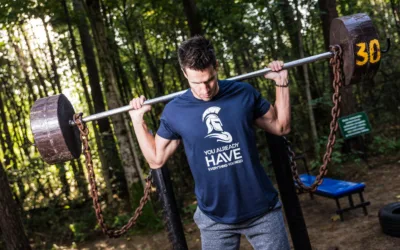Get Your First Pull Up With These 5 Progressions
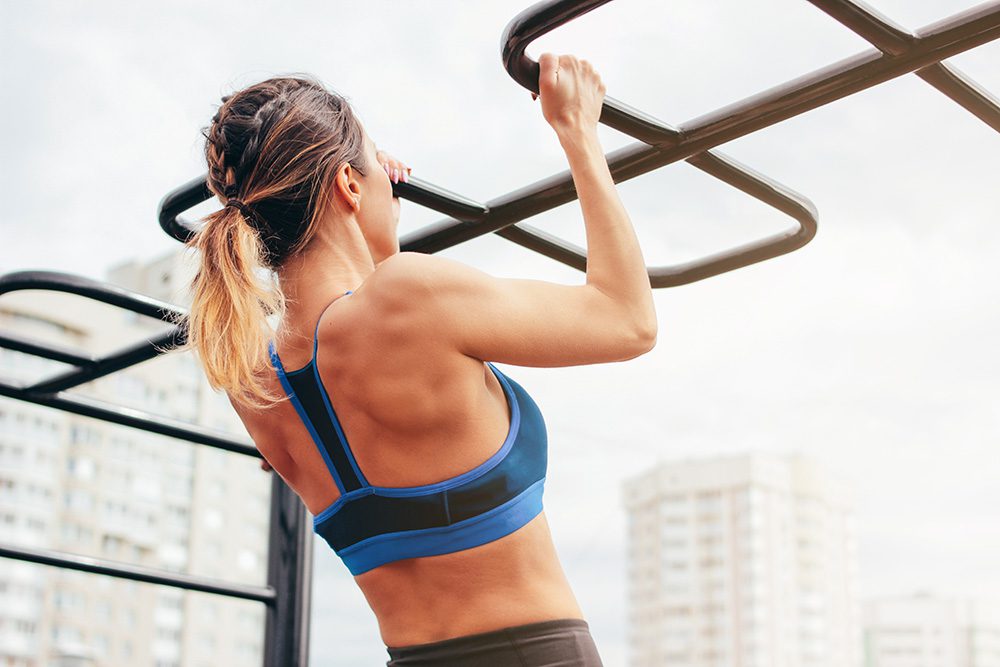
Pull ups are your nemesis. Maybe you haven’t really tried working on them yet, because where do you even start?? Gym Jones head coach and certified bad b*tch, Cate Williams, leads you through her tactics for nailing the most-requested movement in the gym: pull ups. She talks technique and form tips for pull up negatives, dead hangs, ISO holds, scap retractions, and jumping pull ups. If you add 2-3 of these accessories to your training, you’ll be primed and ready to rep out strict pull ups for days.
Gym Jones is known for building mentally tough and physically savage athletes through serious strength and conditioning methods. When you’ve coached athletes in the movie 300 to look and perform like Spartan warriors, people tend to pay attention. Gym Jones puts out a program specifically to help you get more proficient at pull ups—check it out if you’re sick of struggling: Your First Pull Up And Then Some


Coach Cate Williams from Gym Jones on getting your first pull up
As a coach, I hear a lot about people’s goals. I discuss goals with new athletes when they come to the gym, but something about my being a coach prompts everyone, inside the gym and out, to tell me about their aspirations.
Relatives, friends, the cashier at Trader Joe’s—they’re all eager to share what they want to accomplish. I’ve come to realize that one specific physical performance goal stands out. I hear it more than anything else: “I really wish I could do a pull up.”
Getting your first pull up is an especially challenging goal because it’s hard to know where to start. We pursue most goals in the gym by practicing a scaled-down version of the exact movement we’re aiming for. But it’s trickier for pull ups.
If you’re after a big deadlift, you can “lift” using bands and kettlebells before you get to the bar. If you want to run a 5 minute mile, your first step is running one in 10 minutes. If you want a 50-inch box jump, you can start by practicing 12-inch jumps. But if you can’t do a pull up… you can’t do a pull up. So where do you begin?
Most people go straight to band-assisted pull ups. This isn’t a bad way to practice when you’re first starting out, but a lot of athletes don’t realize the band tension actually changes throughout the movement.
This results in strengthening the already strong parts of the pull up and keeping the weak parts weak. Thus, no meaningful progress.
Here are five WAY better accessories to add to your programming if you want to get your first strict pull up or strengthen the one you’ve got!
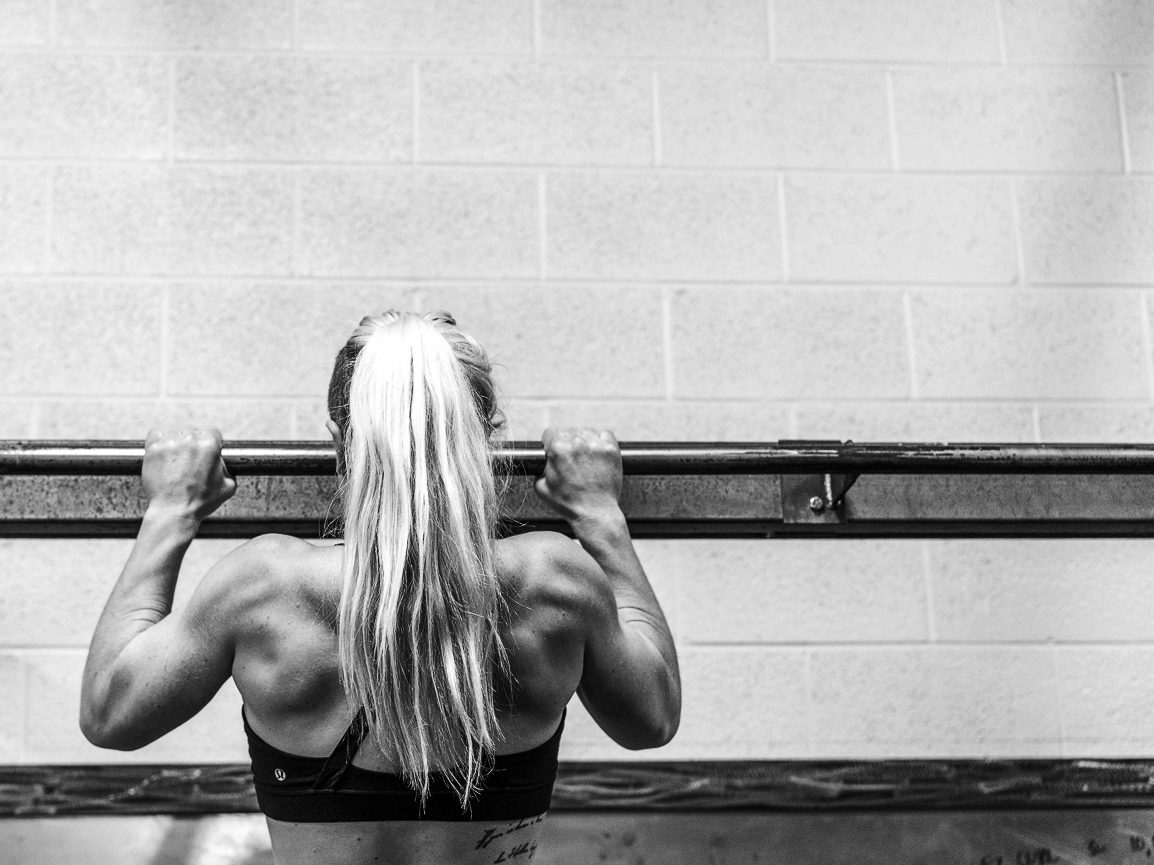

1 hanging scapula retractions
The scapulas, commonly known as the shoulder blades, are the large triangle-shaped bones surrounded by the back muscles that support your spine. They’re the main movers for your shoulder and upper arm.
Retracting your scapula moves them toward your spine and activates your lats. This is the very first movement of a successful pull up. Learning to properly recruit the muscles for the start of a pull up means practicing scapula retractions.
To perform this accessory, hang from the bar and squeeze your shoulders down and together. Think “shoulder blades to your back pockets.” Return to a relaxed hanging position and repeat.
Keep your head and neck neutral while you work on these retractions. If you drop your head, your traps will become the dominant muscles used, which defeats the purpose for pull up progression.
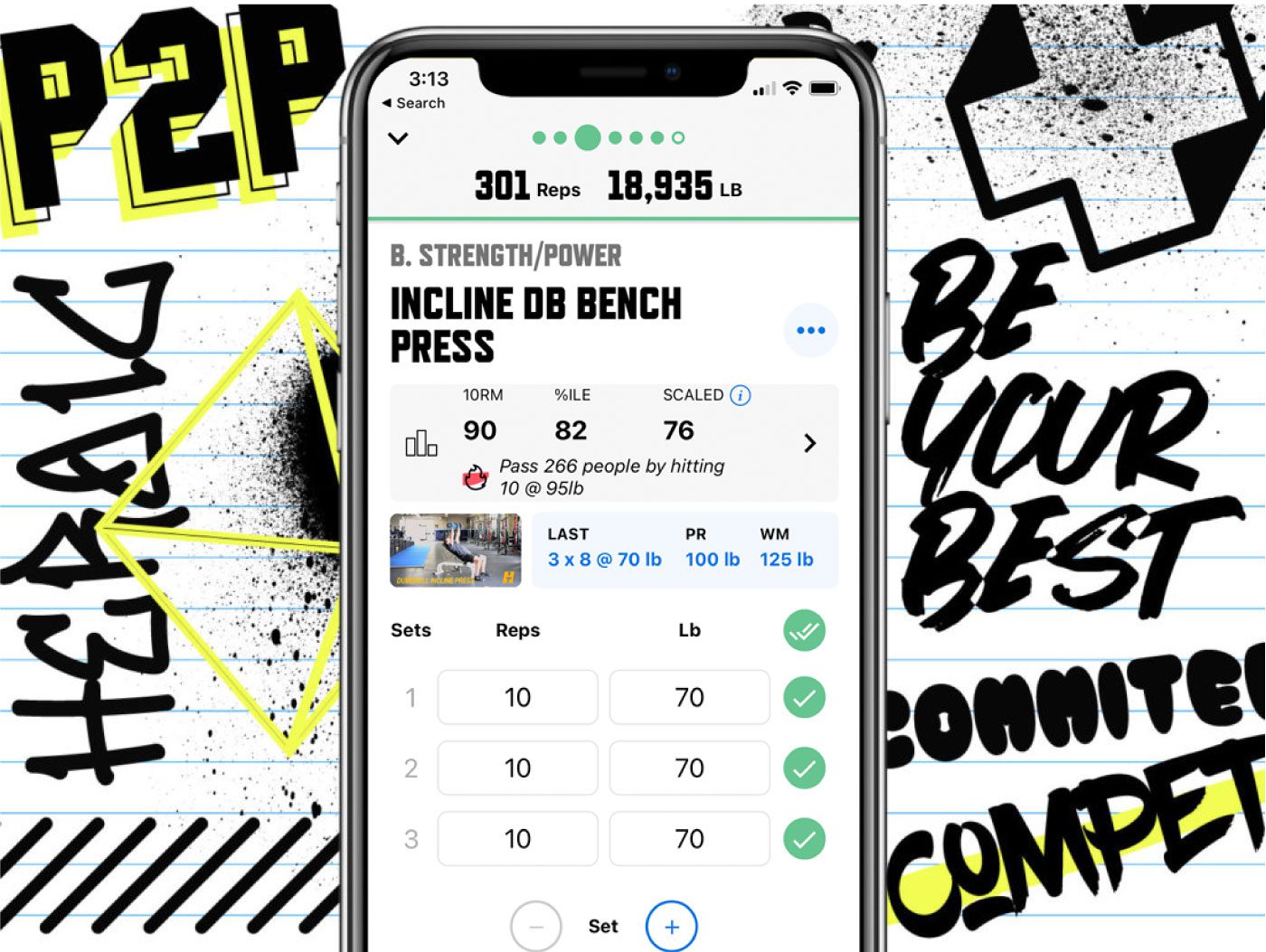




DOWNLOAD
trainheroic’s
free APP
2 jumping pullups
Jumping pull ups help you practice the top part of a pull up without having to successfully perform the whole movement. You don’t need to have your strict strength fully developed to work on these. Plus, they get you in the mindset of having your chin over the bar.
To do a jumping pull up, stand on a box or plate that gets you about 3-6 inches from the bar when you reach your hands upwards. Jump up to grab the bar, using the momentum from your jump to pull your chest all the way to the bar.
Use as much control as possible in the top portion of the pull up and as you lower yourself back to the box. Rinse and repeat!
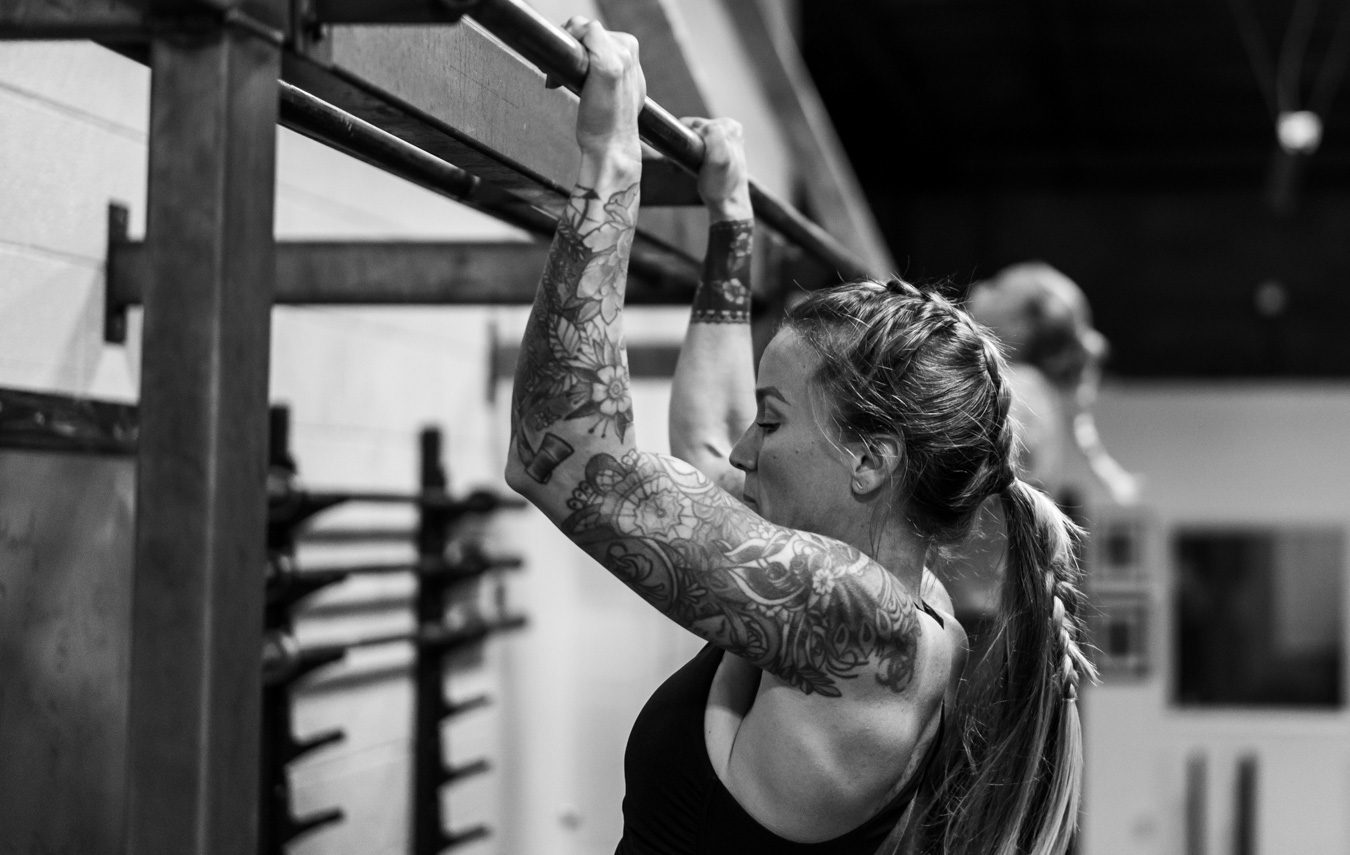

3 pull up negatives
Pull up negatives allow you to work all the muscles you need to use in a pull up through the full range of motion before you have the strength to actually pull yourself up. The “pulling” part of a pull up is called the concentric portion of the movement. Pull up negatives work on the eccentric or lowering part.
To perform a negative, use a box to hoist or jump yourself up to the top engaged portion of a pull up (“chest-to-bar”). Then slowly lower yourself down to full extension, maintaining control through the entire movement.
The key here is to perform the negatives slowly. The more time under tension, the better—aim for at least a five-second lowering count.
4 dead hang
It may seem pretty basic and un-sexy, but a lot of athletes overlook this one. If you can’t even hold onto the bar for 20 seconds, you definitely won’t be able to rep out strict or kipping pull ups. Improve your grip strength by practicing dead hangs.
To perform a dead hang, jump up to the bar and hold on for as long as you can—that’s it! For an extra challenge, recruit your shoulders with an “active hang” by holding with your scapulas retracted (see #1).
Work up to a 20-second dead hang, then go for 30+. Then see if you can beat the Guinness World Record of 16 minutes (!!)
The Marketplace: Shop Expert Programming from Real Coaches
Sometimes all you need to reach your destination on your fitness journey is an expert guide. We’ve got you covered.
The TrainHeroic marketplace is the only place to purchase programming from the World’s best coaches, delivered through the immersive training experience of the TrainHeroic app.
Browse from thousands of programs for any goal and every type of athlete.
Or, join a monthly programming membership to connect with a real coach and community of athletes training just like you. Try any programming subscription free for 7 days.
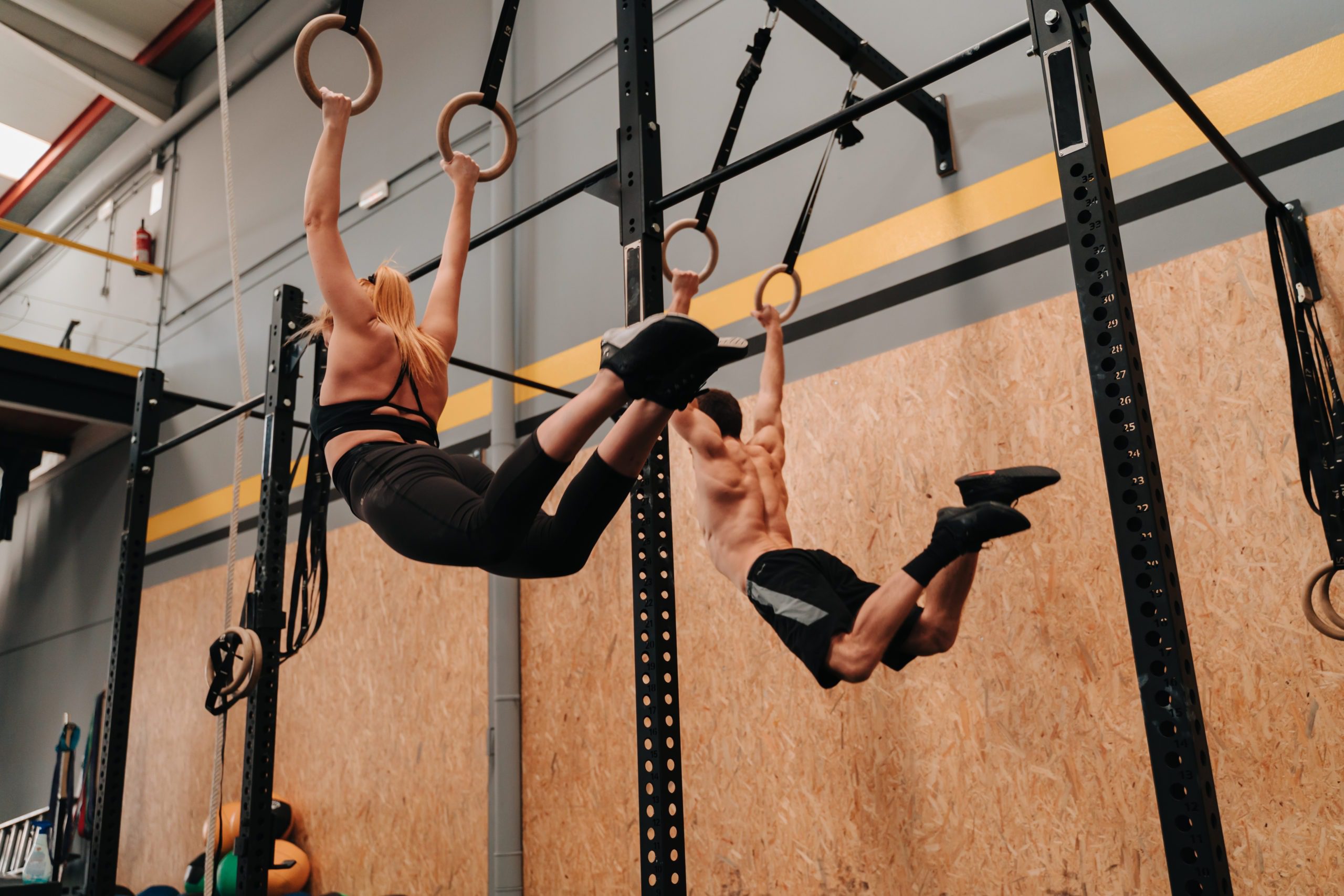

5 pull up iso holds
The chest-to-bar position at the very top of the pull up is an especially tough part of the movement. To strengthen the muscles used to finish the top of the pull up before you have the strength to actually get there, perform isometric holds at the top of the pull up position.
Similar to performing pull up negatives, hoist or jump yourself up to the top of the pull up position, but this time, stay there! Hold for as long as you can until you have to drop. For a spicy challenge, perform a slow and controlled negative on the way down.
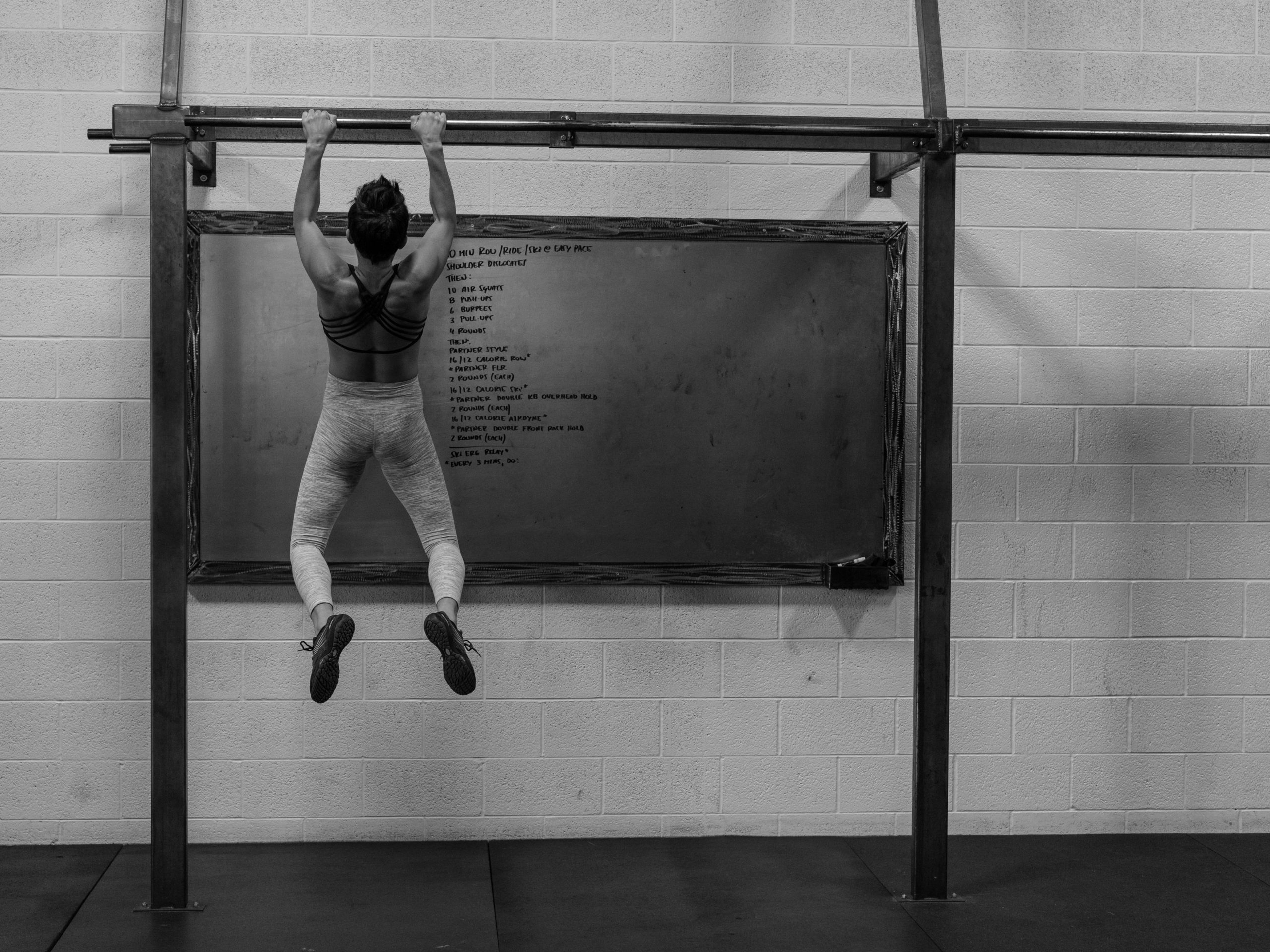

Add two or three of these accessories to your programming at least three days a week to improve your pull up game. I recommend adding them to the beginning of an upper body workout, to the end of a lower body workout, or separate from your training session altogether. Bonus points if you’re lucky enough to have a pull up bar easily accessible at home!
Related articles
Slow Reps vs. Fast Reps
You’ve probably noticed that some people in the gym tend to perform their reps as fast as possible, whereas others take a slow and controlled approach. But which is better? Dr. Andy Galpin is a Professor of Kinesiology at the Center for Sport Performance at California...
How to Do Leg Extensions Without a Machine
Short shorts are the new stinger tanks. Rocking those big tree trunks with canyon deep cuts is so hot. Leg extensions are a bodybuilding staple—they isolate your quads, the front-facing muscle group of your thighs, by flexing (bending) and extending (straightening)...
Tried-and-True Methods to Fix Plantar Fasciitis
What is Plantar Fasciitis? If you’re new to running or returning to it after a break, you might have been blighted by plantar fasciitis, a fancy name for an annoyingly common foot problem. It’s when the band of tissue that connects your heel to your toes (the plantar...


Join the community
Sign up for the latest training news and updates from TrainHeroic



About TrainHeroic
Support
Made with love, sweat, protein isolate and hard work in Denver, CO
© 2021 TrainHeroic, Inc. All rights reserved.


